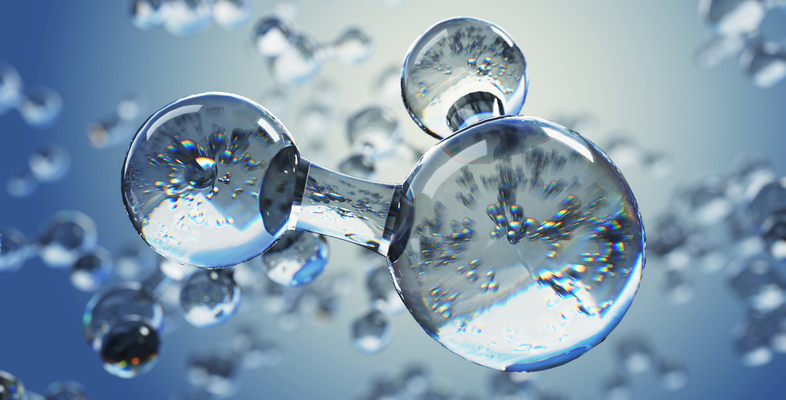Find out more about The Open University's Science courses and qualifications
The bubbles in fizzy drinks are caused by carbon dioxide (CO2). Carbon dioxide is a colourless odourless gas that dissolves in water under pressure.
The carbon dioxide forms a very weak carbonic acid, (H2C03) which causes the tingly sensation on your tongue. The amount of carbonic acid created depends on the pressure.
![A carbonated drink [Image: Mademoiselle Antonova under CC-BY-NC-ND licence]](https://www.open.edu/openlearn/pluginfile.php/3260798/tool_ocwmanage/articletext/0/fizzy_catland.jpg)
Carbonated drink [Image: Mademoiselle Antonova under CC-BY-NC-ND licence]
Removing the top from a carbonated drink bottle releases pressure and causes the excess carbon dioxide molecules to come out of solution, as bubbles.
The liquid is, however, still supersaturated and will continue to release the carbon dioxide until it goes "flat".
Carbon dioxide
Carbon dioxide is a very stable compound, which doesn’t burn or support combustion.
If it’s cooled to -79.9 degrees Celsius it immediately forms a solid called ’dry-ice’.
There is no liquid phase. Conversely, warming dry-ice turns it directly back into a gas by a process called ’sublimation’.

Rate and Review
Rate this article
Review this article
Log into OpenLearn to leave reviews and join in the conversation.
Article reviews